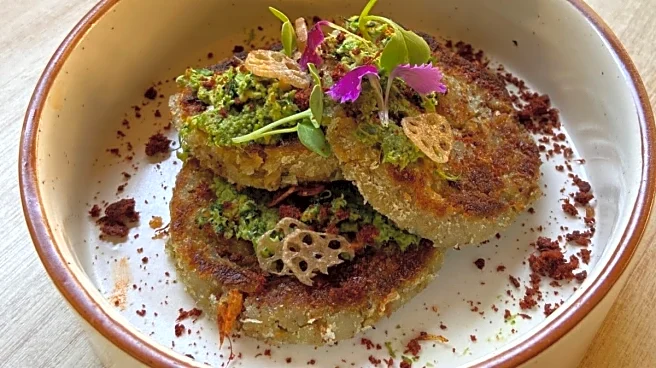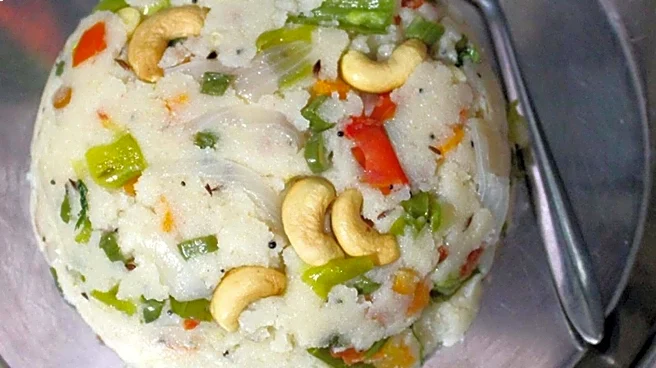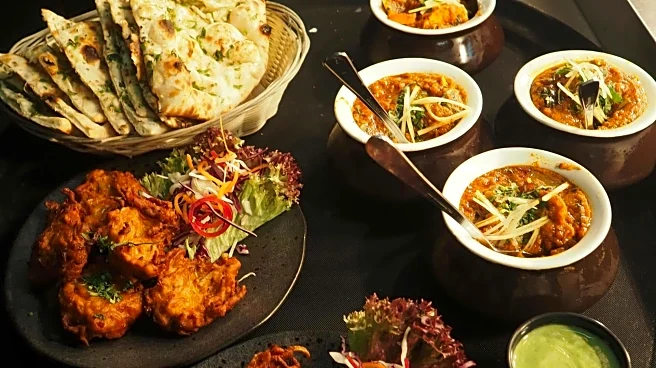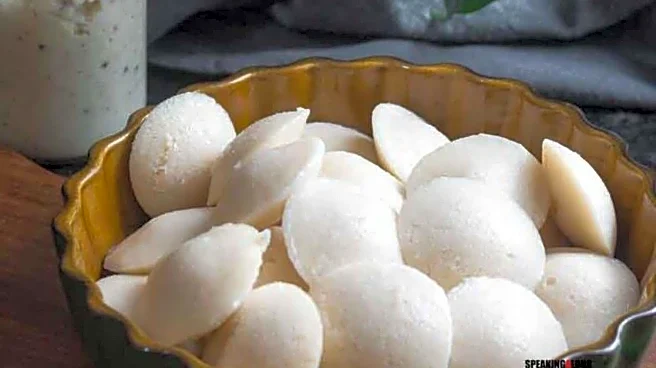If you are looking for a weekend recipe that packs a flavourful punch but doesn’t need you to spend hours in the kitchen, yet will impress family, friends and guests, this Kashmiri recipe of Nadru Ke Kebab
is perfect. It is comforting, with familiar yet elegant flavours. It blends delicate seasoning, impressive technique, and yummy texture to create a dish that feels both nostalgic and contemporary.
Try this classic Kashmiri Nadru Ke Kebab, that’s straight from the kitchens of the Grand Uniara, a 130-year-old palace that’s been transformed into the elegant Sozzle Cocktail Bar.
Ingredients:
- 400 grams – Lotus stem, sliced
- 1 tbsp – finely chopped ginger
- 1 tbsp – Green chilli, finely chopped
- 1 tbsp – Coriander stems, finely chopped
- 150 grams – Potato, boiled and mashed
- 1 tsp – Garlic, chopped
- 1 tbsp – Oil, for frying
As seasoning, we can also use:
- 1 tsp – Black salt
- 1 tsp – Chaat masala
- 1 tsp – White salt
- 1 tsp – Kasuri methi
- 1 tsp – Jeera powder
- A pinch of garam masala powder
Method
Step 1: Boil the freshly sliced lotus stems.
Step 2: Let the lotus stem cool down a bit. Now heat oil in a kadhai, add whole hot spices, then add chopped ginger, garlic, and green chilli. Sauté a bit, then add chopped coriander stems.
Step 3: Now add the boiled lotus stems and cook properly. After cooking the lotus stems properly, we will mince it and add boiled potatoes.
Step 4: Transfer the minced lotus stem mixture into a mixing bowl. Add the seasoning – black salt, white salt, chaat masala, kasuri methi, jeera powder, and a pinch of garam masala. Mix gently but thoroughly, ensuring the flavours bind without losing the delicate texture of the nadru.
Step 5: Begin shaping the mixture into smooth, even kebabs. The mixture should feel soft yet firm enough to hold its form. If needed, a light dusting of roasted besan can help achieve the perfect consistency.
Step 6: Heat a pan with a drizzle of oil and place the kebabs gently onto it. Shallow-fry on medium heat, allowing each side to develop a golden, crisp exterior while remaining soft and flavourful inside. Flip only when one side is perfectly set to maintain their shape.
Step 7: Once the kebabs achieve an even golden-brown finish, remove them onto absorbent paper. Garnish with fresh coriander or a sprinkle of chaat masala for an aromatic lift.
Step 8: Serve warm with mint chutney, yoghurt dip, or a refreshing tamarind reduction for a royal yet comforting dining experience.
Health Benefits of Lotus Root
The lotus is cultivated in many parts of the world, but especially in Asia and India. It grows in water, and the plant has been eaten as a food for 7,000 years. While its stem and roots are often added to soups and stir-fries, its leaves, flowers, and seeds are also used in various ways in Indian cuisine. There are many health benefits to eating the lotus plant, and especially its root.
According to Healthline, lotus has flavonoid and alkaloid compounds that may act as antioxidants, which help neutralise reactive molecules known as free radicals. Inflammation can damage tissues and contribute to diseases like clogged arteries and heart disease, cancers, and diabetes. Due to its compounds like quercetin and catechin, lotus has anti-inflammatory properties that may help prevent or mitigate these inflammatory pathways






/images/ppid_a911dc6a-image-176312922840885569.webp)




/images/ppid_a911dc6a-image-176294825397326870.webp)


